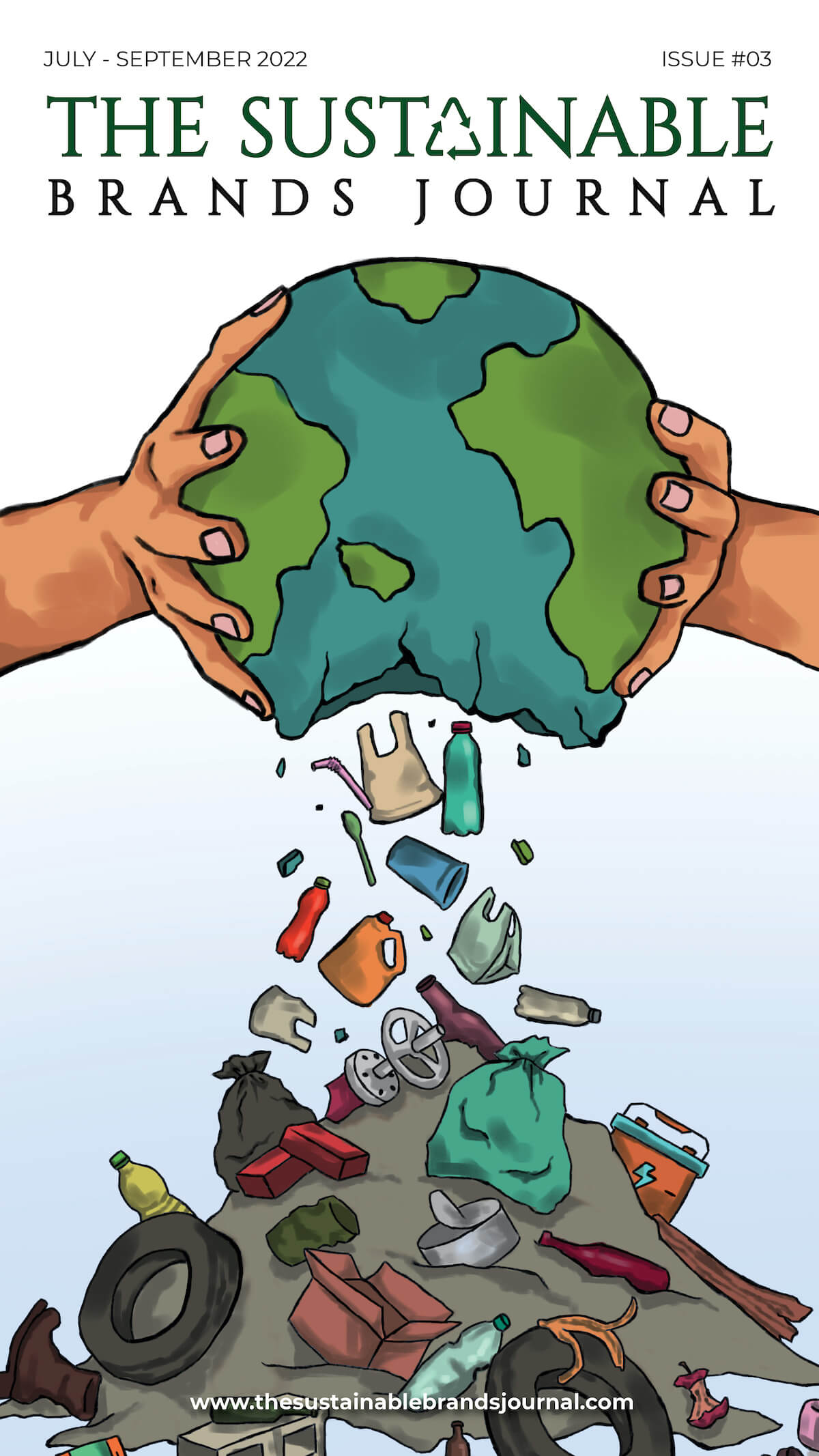
Leading Sustainable Fashion Brands Creating a Better Tomorrow
Sustainability has become one of the most important concepts that have influenced business strategies and the consumer behaviour in the last few years. This has come due to increased awareness of the effects of climate change and the depletion of resources which has made it imperative for companies to change their business strategies and incorporate sustainability into their business strategies. It is important to note that sustainable brands are not only addressing environmental issues, but they are also at the forefront of changing industries, setting new standards, and driving advancements, sustainability, and positive social change.
Let’s look at how these brands are making a difference within different industries.
Sustainability in Fashion: From a Linear to a Circular System
The fashion industry has faced severe criticism regarding environmental concerns, especially the fast fashion system, which leads to pollution and overconsumption of resources. But things are starting to evolve. The current trend in the fashion industry is that brands are embracing the circular economy concept, altering their supply chains, and reducing their carbon footprint.
An example from the Netherlands is MUD Jeans, a company that aims to change the face of denim rentals through leasing. It works this way: People sign up for a year’s worth of jeans and then they either return the jeans and stop using the service; they can decide to continue with the lease or keep the jeans. This model helps to reduce waste and makes people think of clothing as a service rather than as products that are thrown away. It is a great case of how business models can support sustainability and at the same time be profitable.

At the opposite end of the spectrum from niche brands is PANGAIA, a company that unites cutting-edge material science with stylish design. PANGAIA has made a point of using alternative materials, such as grape waste for sneakers; plant-based, almost synthetic denim; and cotton derived from seaweed. In a very conscious way, the brand appeals to “sustainable fashion.” Its communications on the subject highlight a huge and underappreciated opportunity: the idea that material innovation can redefine not only how we outfit ourselves but also how we live.

Driving Systemic Change: Leaders in Corporations
Sustainability is now an essential part of building a brand. Corporates are responding to consumer demand which has been driving a lot of the progress on this front. Companies like Puma and Another Tomorrow show how even multinational, multi-billion-dollar businesses can—by virtue of their size, do pretty big things in the space of sustainability.
Puma, in particular, with an 88% reduction in its carbon emissions achieved between 2017 and 2021, from transitioning its power supply to 100% renewable energy and using sustainable materials for most of its products, is a case in point of sustainable practices at large scale.

Collaboration: The Heart of Recycling and Upcycling
One of the most inspiring things about the sustainability movement is that it pushes for real collaboration. Companies around the world are increasingly making sustainability a shared goal with their local communities and organizations. These partnerships, usually with the help of not-for-profit groups, are effecting significant changes in what we can now call “waste management.”
In Brazil, for instance, a network of recycling cooperatives has formed, known as the Catadores. Catadores are quite literally “catchers” of recyclable materials. They are also fully part of the communities in which they work. In Brazil and in other countries, companies are engaging in collaborations with not-for-profit organizations to achieve such goals.
Addressing Greenwashing: The Importance of Transparency
Greenwashing remains a challenge while many brands exert sincere efforts toward sustainability, countering the surge in greenwashing where companies pump up or lie about their sustainability claims, remains a tough nut to crack. Today’s consumers do not just sit back and wait for the next wellness product to descend upon them; they advocate and act. Regulatory bodies are also stepping up, with frameworks like the EU’s Green Claims Directive ensuring that companies don’t get away with untenable claims.

Consumer Behavior: Catalysts for Sustainable Change
At the heart of the sustainability movement lies a shift in consumer behaviour. This is a change in how people make buying decisions, and it is having a substantial impact on the sustainability movement. More than ever, individuals are making purchasing decisions based on brands’ environmental and ethical practices. And, with the internet’s help, it’s clear when brands are falling short.
Conclusion: A Common Journey Toward Sustainable Development
Sustainable development is possible, but the journey is long and requires innovation, collaboration, and a firm commitment to ensuring that all participants uphold their end of the deal. On this panel, we see three approaches that lead us toward sustainable development. What they have in common are pioneering business models, novel materials, and in at least one case, a business partnership with a community. Sustainable brands practicing what they preach show us all that development can happen without destroying the environment; indeed, something quite close to the opposite can happen.

Prachi, an accomplished Chief-Editor at The Sustainable Brands Journal, has 15+ years of experience in Europe, the Middle East, and India, managing 90+ global sustainable brands. She’s a prolific writer in sustainability, contributing to various publications. Prachi’s unwavering passion and expertise make her a recognized authority, driving positive change and inspiring a sustainable future.





